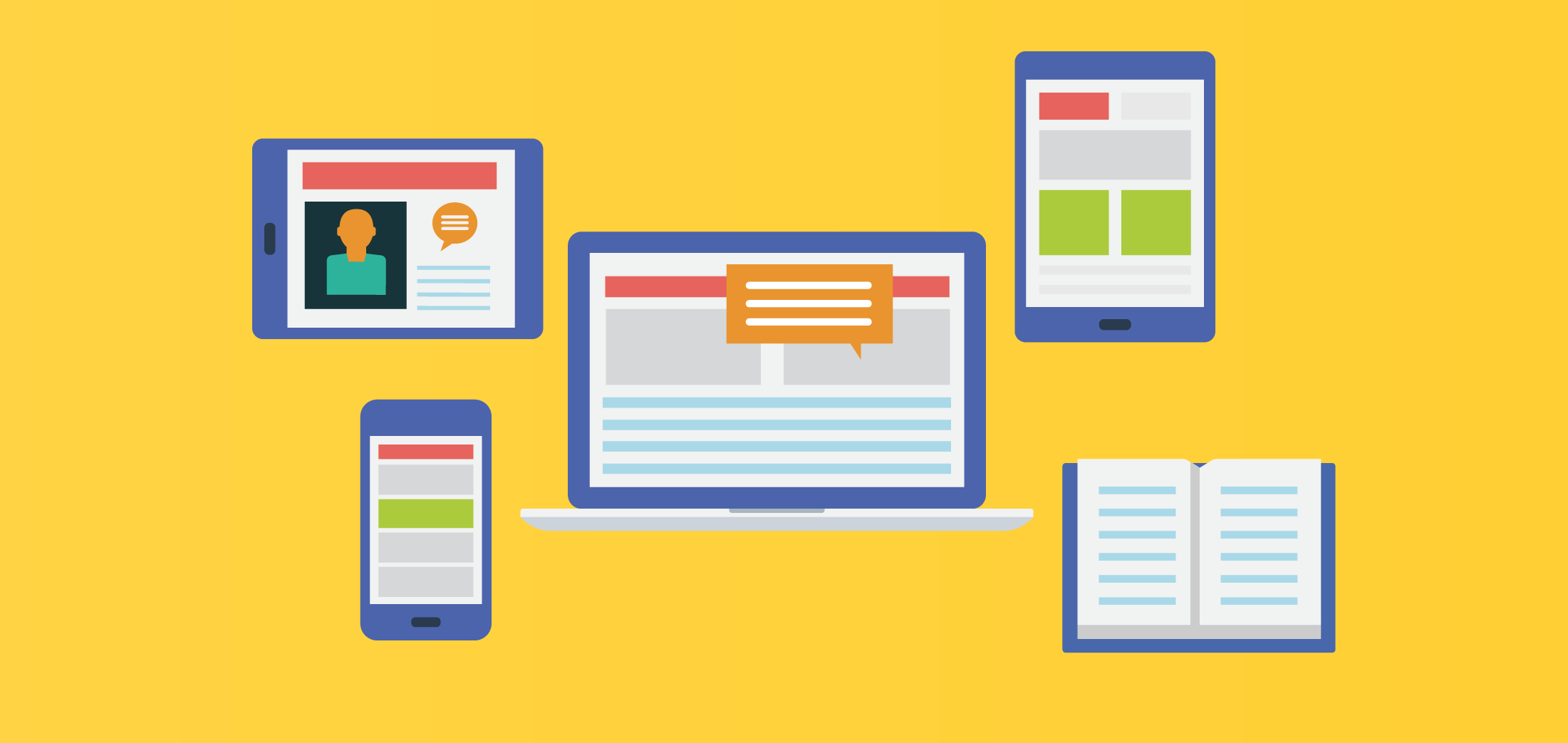

Michael Nagler is the Superintendent of the Mineola School District, a suburb of NYC. Mike began his career as a social studies teacher in NYC. While teaching he earned his doctorate from Columbia University and accepted an administrative position with Mineola in 1999. He believes strongly in the district’s mission to inspire students to become lifelong learners that exhibit strength of character and contribute positively to a global society. During his eighteen years with the district, he has been a big proponent of using technology to engage students in rigorous content. Mike has also been instrumental in creating a platform to assess student learning using electronic portfolios and digital badges. He even coded his own digital portfolio. All five schools in Mineola have been recognized as Apple distinguished schools. Mineola is also a member of the League of Innovative Schools.
By David Dockterman
Superintendent Michael Nagler asked, “If we provided more student materials — worksheets, assignments, etc. — in a digital format, would that increase achievement?”
The short answer to the question is: probably not.
New technology may have a brief novelty appeal, but, after that, motivation is based on the engagement and value associated with an activity. A dry worksheet on the screen is still a dry worksheet.
However, digital technology can offer some affordances over paper that may increase learner engagement. I can think of two main ways technology can effectively increase engagement with the kind of tasks traditionally found on worksheets: giving feedback and tracking student performance.
Feedback
Computers can provide immediate feedback. Now, not all feedback is created equal. Feedback that highlights characteristics of the user, like “You’re a genius,” can reinforce a fixed mindset — a belief that success is due to natural talent rather than effort. You want computers to offer feedback that instead reinforces the work that led to a correct response, or feedback that helps guide the learner to pathways to correct answers.
Right or wrong feedback is useful, but it’s not that helpful from a learning perspective unless it helps a student know why their answer was incorrect and what to do differently (or, in the case of a correct response, what to keep doing). Feedback for correct answers, from the teacher or the computer, should highlight the steps that led to success.
Feedback for incorrect answers should promote reflecting on the error. In some cases, the feedback might highlight the source of the error, leaving it to the learner to determine and make fixes. It other cases, it might suggest strategies for re-tackling the task.
Feedback can also suggest ways to step up to new challenges.
Tracking Performance
Digital technology can use past performance and the performance of similar students to dynamically determine what item, task, or bit of instruction should come next. Technology with a little bit of smarts can help keep learners in their zone of proximal development, constantly challenged with tasks that are just a bit out of reach (the way games do). Completing those tasks can be very satisfying and motivating. Our brains reward us when we solve a challenge.
More sophisticated digital systems (with very well-designed tasks) might notice patterns.
The focus on learning can be reinforced by a focus on growth, and digital systems can display that growth graphically and immediately. That kind of progress feedback can be very motivating. We all like to see ourselves getting better.
I’ve only scratched the surface of how technology can be leveraged to enhance motivation and learner agency. In general, you want to think about the overall learning environment and pedagogy. A problem-based approach that invites student choice and exploration, for instance, can be very engaging and well-supported by technology. That kind of shift is much bigger than transitioning existing materials to a digital format, but the impact will likely be greater as well.

David Dockterman is a lecturer at the Harvard Graduate School of Education and an expert at putting education research into practice. His work currently focuses on how technology can support personalized learning for individuals and groups. He has designed dozens of award-winning educational computer programs. See full bio